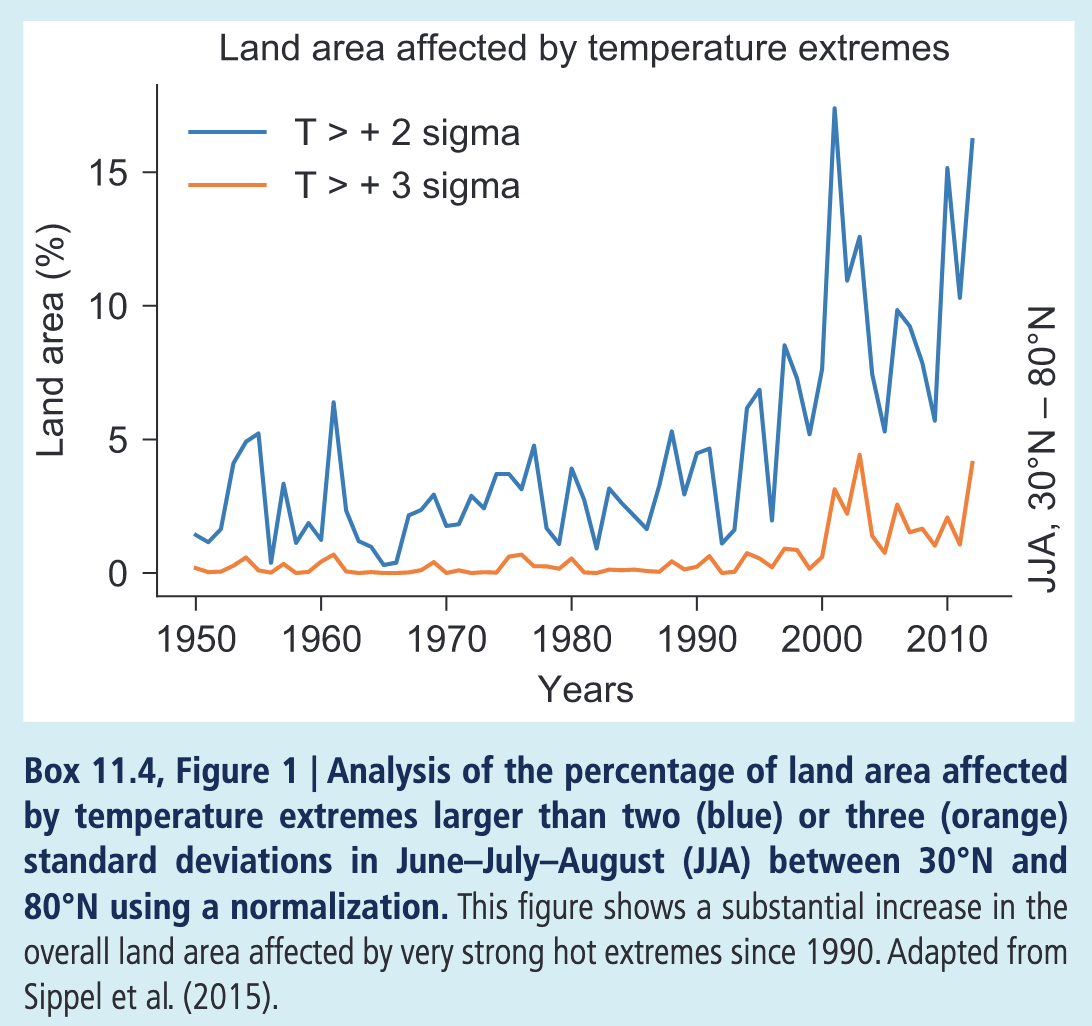778
Member
Could diesel powered trains (locos and DMU'S) actually cause more global warming than steam locomotives?
Coal fired steam locomotives do produce a lot of CO2 emissions but also aerosols which has a cooling effect (global dimming), which cancels out some of the warming produced by CO2. Diesel locos probably produce less CO2 but also less aerosols that would cancel out the CO2.
Global temperature only started rising in the 70s after most countries in the world replaced steam locomotives with diesels and the clean air act was passed. Reducing aerosols and cleaning the air is still a good thing, but it could mean that global temperatures are rising more, because aerosols could have masked a lot of the warming caused by greenhouse gasses.
I am not saying that steam locomotives were especially good for the environment, more that they did not really cause global temperatures to rise.
Coal fired steam locomotives do produce a lot of CO2 emissions but also aerosols which has a cooling effect (global dimming), which cancels out some of the warming produced by CO2. Diesel locos probably produce less CO2 but also less aerosols that would cancel out the CO2.
Global temperature only started rising in the 70s after most countries in the world replaced steam locomotives with diesels and the clean air act was passed. Reducing aerosols and cleaning the air is still a good thing, but it could mean that global temperatures are rising more, because aerosols could have masked a lot of the warming caused by greenhouse gasses.
I am not saying that steam locomotives were especially good for the environment, more that they did not really cause global temperatures to rise.



